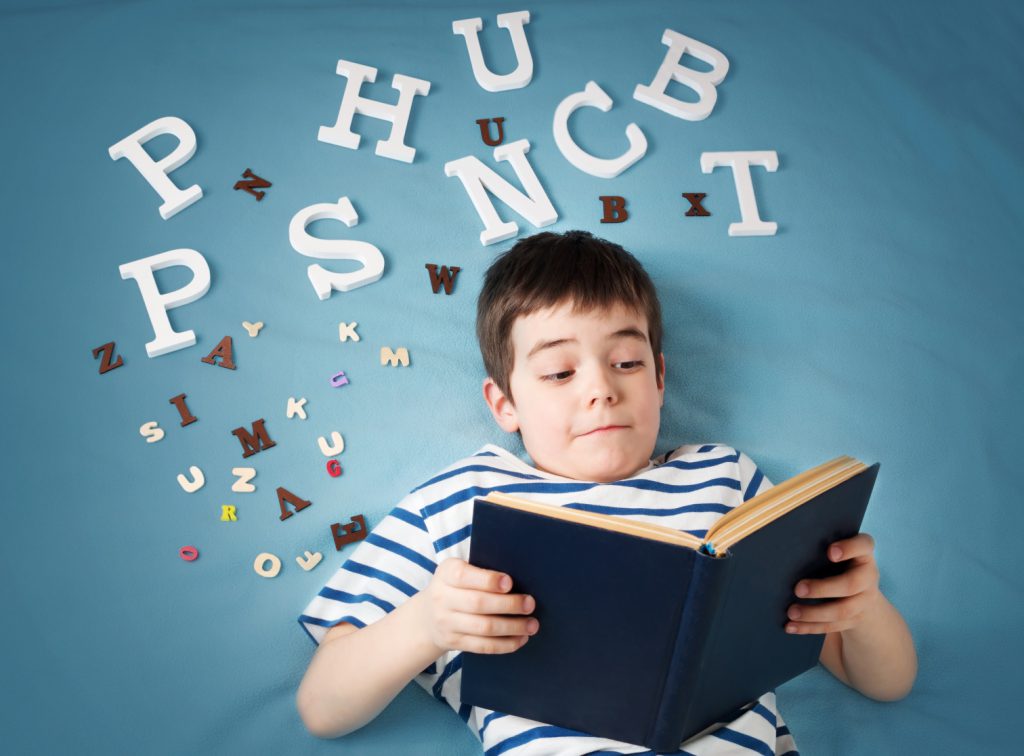All About Dolch Sight Words
tl;dr
- Dolch sight words represent the most common words in daily language.
- Exludes nouns, but still makes up 80% of words found in typical children's books.
- Children who learn the words at an early age may greatly outperform their peers in reading skills.
- Several learning tools and strategies exist to help children learn the list, including our free kindergarten and preschool sight-word list and tons of premium skills worksheets.
The Dolch sight words list is a set of the most frequently used words in the English language. More than half of the words we use in daily communication come from this list. Children exposed to the Dolch sight words from an early age can greatly outperform their peers in terms of reading skills in subsequent school years.
Origin of the Dolch list
Edward William Dolch (1889-1961) was a professor at Illinois State University and author of Problems in Reading, published in 1948.
Among other things, the book discusses the subject of basic sight word vocabulary. The term “sight word” describes words that can't be sounded out or illustrated and hence need to be learned by sight. It also refers to a group of words that appear with the highest frequency in almost any text (e.g. who, were, me, their, does).
Dolch was a major advocate of the “whole-word” method of literacy instruction. He believed that students should be taught to recognize whole words, without breaking them down into sounds or letter groupings. The whole-word method considers words the smallest units of meaning and a key element of reading.

This method stands in direct opposition to the phonics method, which recognizes sounds as the smallest language units to be learned.
Dolch’s intention was to compile a list of sight words (excluding nouns) that would be most valuable for achieving reading fluency, but not too long as to make memorizing difficult. To this end, he searched the schoolbooks of the era (pre-kindergarten through 3rd grade) and identified the most frequently used words.
After a thorough analysis, he composed a list of 220 words, including verbs, conjunctions, prepositions, pronouns, adjectives and adverbs. Dolch called these words “service words” because of their universal applicability, regardless of the subject matter.
Some of the words on the list are decodable, meaning they follow the rules of phonics and are spelled the way they sound (jam, came, be, nest). Others are phonetically irregular i.e. don’t follow phonics or spelling rules (of, the).
Why were the nouns excluded?
In Dolch’s opinion, nouns didn’t belong in the list because their use was not universal, but rather associated with a specific activity of topic. Hence, different topics would require specific sets of nouns.
Dolch did, however, acknowledge the fact that certain nouns do occur more frequently than others. Consequently, he created a separate list of 95 high-frequency nouns (occurring most frequently in children’s books of the time) he deemed would be the most useful for literacy instruction.

The Dolch words in today’s education system
Although done over half a century ago, Dolch’s research is still very much applicable today. In fact, many schools use the Dolch list as a template to create their sight word lists as language development aids. Dolch believed that due to their importance, all children should be taught to recognize these words instantly by sight.
The list is divided by grades, but the objective in most schools is to learn the entire list by the end of 1st grade. The spelling aspect usually takes longer to master.
The Dolch word list is also a great teaching tool for adult students learning English as an additional language. Of course, a lot has changed since Dolch invented the list and there are several advanced and improved versions to choose from.
Some educators use Dr. Edward B. Fry's Sight Words List. The list features the most commonly used words ordered by occurrence rate and broken down into groups of 100.
Using Dolch’s research as a basis, Fry expanded the list to include 1000 words most frequently occurring in grades 3 - 9 (1000 Instant Words, published in 1996). The book contains the 1000 most common words used for teaching, reading, writing, and spelling, 100 picture nouns, a placement test and teaching suggestions.

How can the Dolch list help your child?
Dolch sight words make up as much as 80% of the text found in a typical children’s book, and 50% of any reading material for adults (textbooks, newspapers).
At the beginning of the learning process, children lack the skills to understand words, so an extensive memorization approach can be very helpful. The objective is to recognize the words from the list instantly on sight, without any thinking or analysis.
Once the child has mastered the list, it'll be able to concentrate on the other words in the text more easily, thus increasing fluency and comprehension.
For the best results, the Dolch sight words list should be complemented with other methods of reading instructions. In fact, the list shouldn’t take more than 5-10 minutes of class activity each day.
In general, children should master reading simple sentences and stories by the end of 1st grade. By 3rd grade, they should be able to read any material.

Effective strategies for teaching the Dolch list
Because of the efficacy and widespread use of the Dolch list, there is a number of teaching techniques for sight words. These include Dolch books, flash cards, sight word games and writing activities. The words should be practiced regularly to achieve the desired results.
Regardless of the strategy, the best outcomes are achieved when Dolch sight words are practiced one on one (one adult with one child).
Learning the Dolch words with pictures
Most people are visual learners. This means they create an image in their mind of what they are trying to learn, which helps retain that particular information in the person’s memory. So, adding illustrations to the print versions of the sight words can strengthen the association between the picture and the word.
Listening and pronunciation method
In addition to memorizing the words for reading and writing purposes, children should also make connections between the print version of a word and its corresponding sound.
Learning through repetition
Our brains memorize words through repeated exposure, so repetitive writing of sight words and reading texts which contain them facilitates memorization and spelling. To speed up the learning process, you can print the words as they are learned, and place them on the wall in your child’s room.
Learning through games
Ask the child to spell words using letter stamps (uppercase and lowercase letter). This way, you help them commit the words to memory.
You can also play the memory game, also called sight word concentration. Use index cards to make duplicate game cards by writing each word on two separate cards. Word searches containing sight words are another great way to practice sight words.
It’s not an exaggeration to say that literacy is essential for success in life, and sight words can help children expand their vocabulary and achieve reading proficiency much faster. You can use KinderIQ’s printable sight word list to help your child master the sight words.
Alternatively, to make learning more enjoyable try our kindergarten skills worksheets containing many sight words flashcards so you and your child can practice writing and word recognition the fun way.